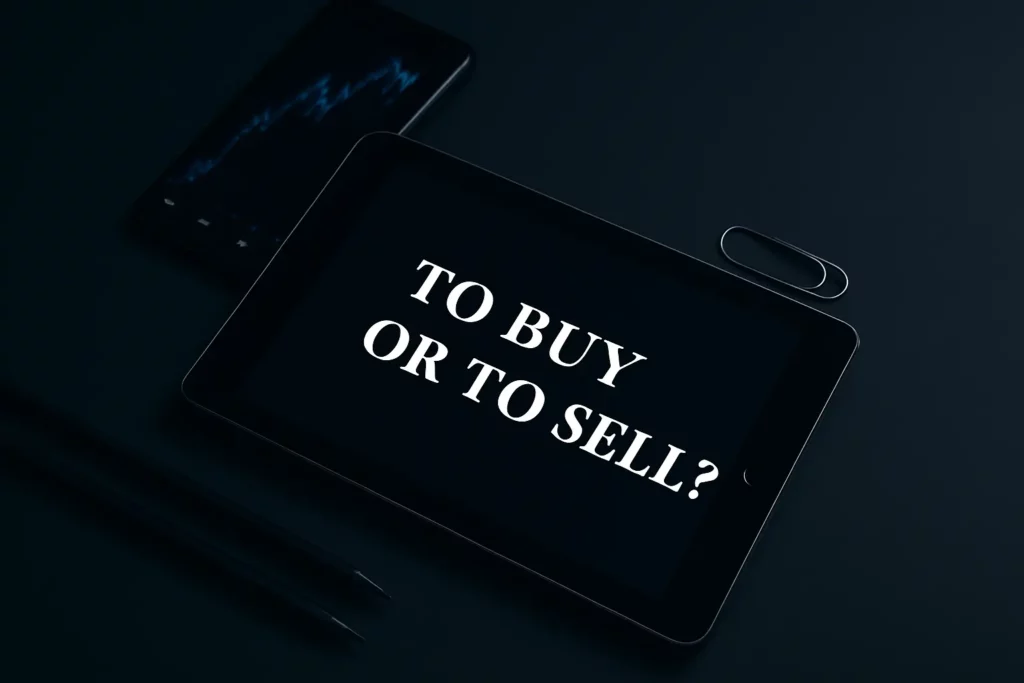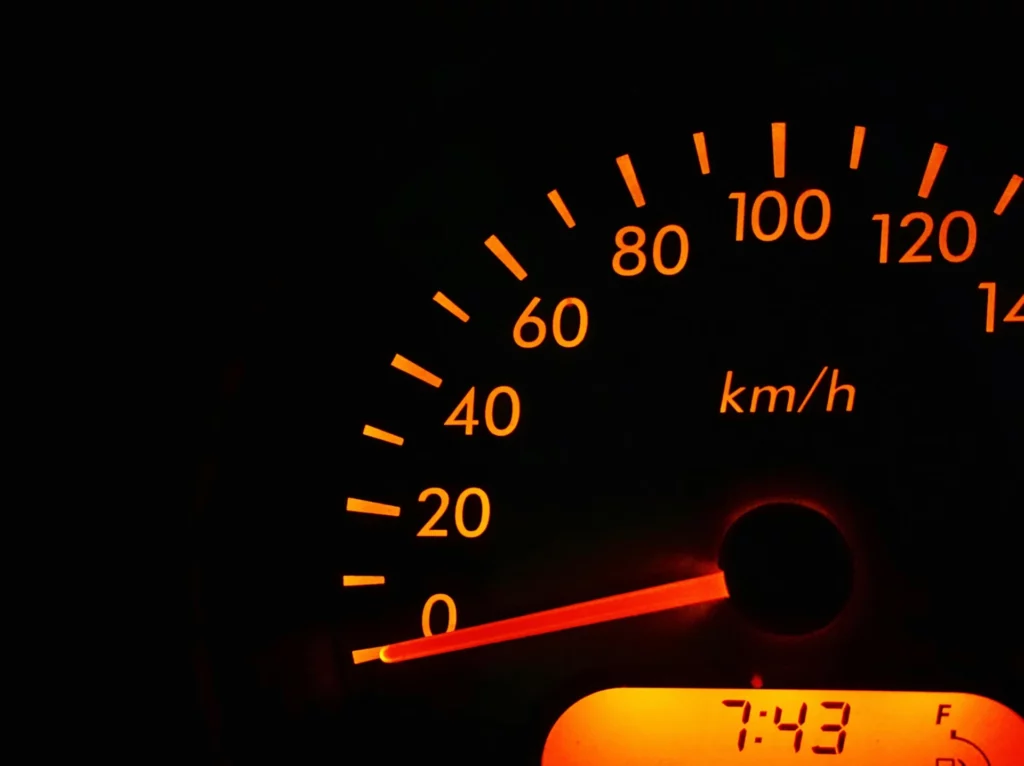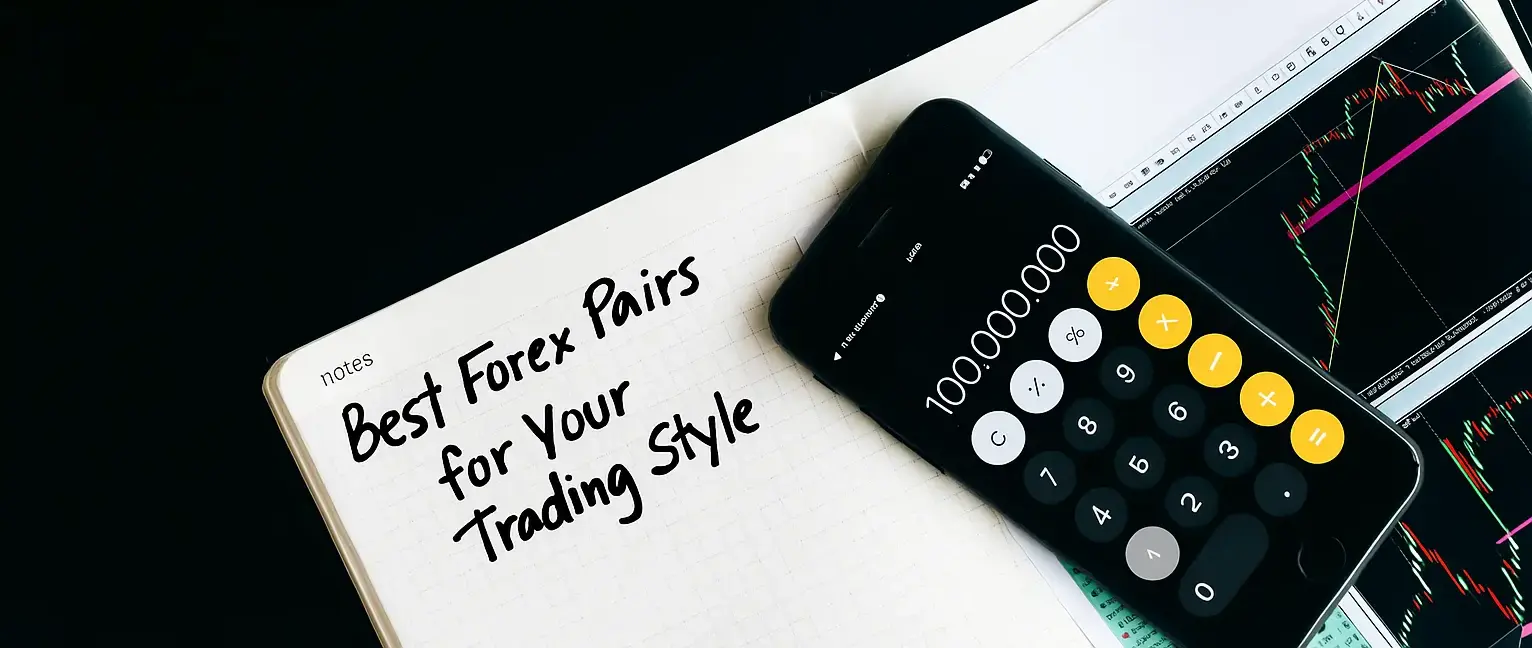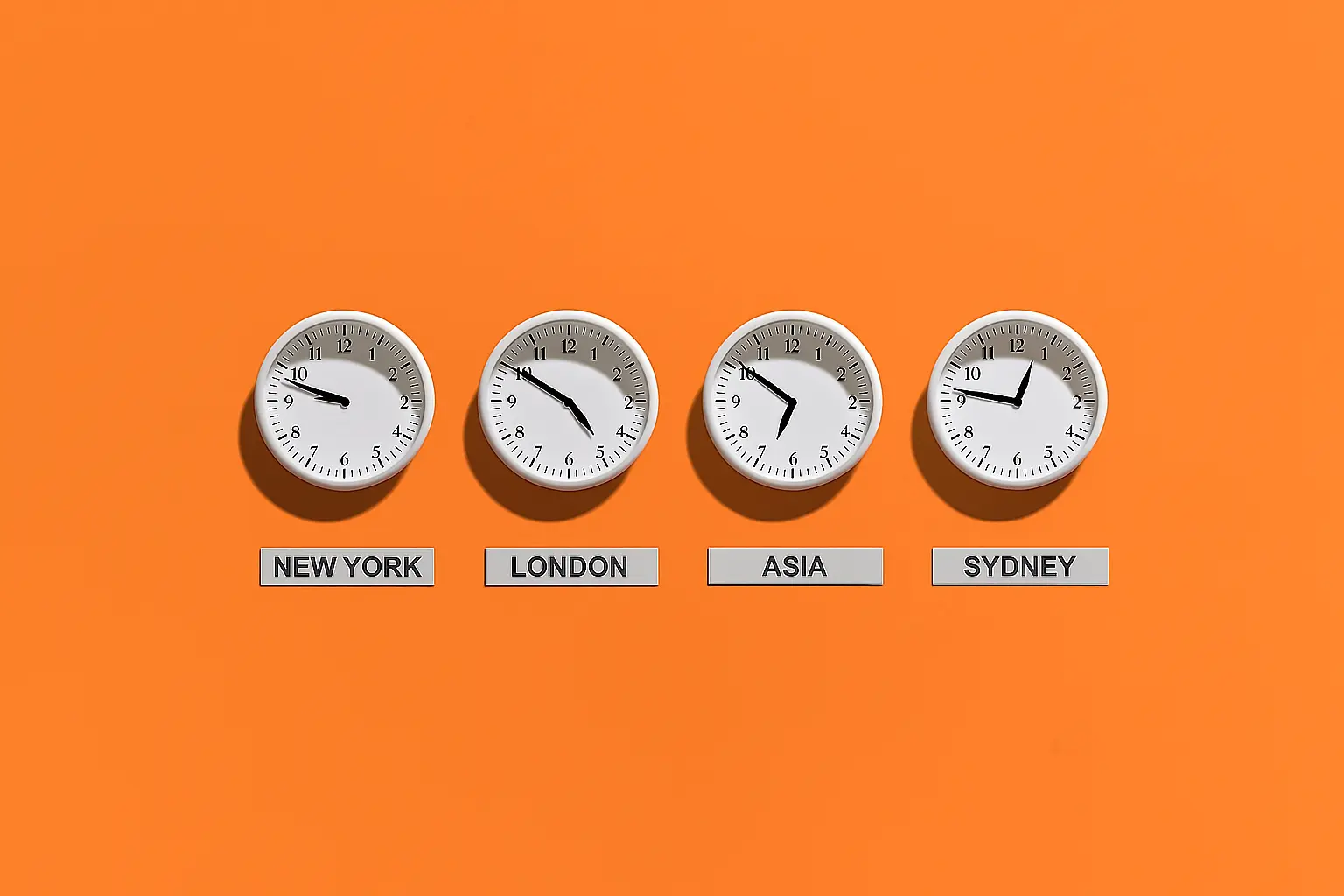Slippage in Trading: What It Is, Why It Happens & How to Avoid It
Written by Rachel on October 15, 2025.Summary: In this blog we’ll explain what is slippage in trading, why it happens, its main causes, and how you can reduce its impact using effective strategies.
This guide covers:
- What slippage in trading looks like, with examples
- How orders travel through brokers and liquidity providers
- Main causes: volatility, liquidity, order types, and execution speed
- Tips to reduce slippage and trade more efficiently
What Is Slippage in Trading?
Picture this: you walk into a grocery store to buy oranges. The online price said $3, but by the time you reach the checkout, the cashier charges $4.
You still get the oranges, and nothing went wrong on your part. The price changed while you were moving from one step to the next. This difference mirrors slippage in trading.
Slippage occurs when a trade executes at a price different from the one requested. It appears most often in fast-moving markets, such as forex and crypto. Market and limit orders, thin liquidity, or high-impact news events can increase slippage.
| Type | What It Means |
| Negative | You get a worse price than expected |
| Positive | You get a better price than expected |
Examples:
- Bought at 1.2000 → Filled at 1.1995 (positive slippage, 5 pips gain)
- Sold at 1.1050 → Filled at 1.1045 (negative slippage, 5 pips loss)
Why Does Slippage in Trading Happen?
To understand how slippage works – you have to understand what happens behind the scenes.

We already established that slippage is the difference between the price you expect and the price you actually get; it often emerges when markets move faster than orders can be filled.
After you hit “buy” or “sell” on MetaTrader (match-trader or your prop firm dashboard), your order doesn’t go straight into the market.
Here’s what really happens behind the scenes:
- When you click buy or sell, your trading app sends that order to your broker first.
- The broker receives your order and tries to match it.
- If your broker is a true ECN/STP broker, they don’t take the opposite side of your trade. Instead, your broker connects to several big buyers and sellers (called liquidity providers).
- Liquidity providers offer prices.
- These are big banks and institutions quoting what they’re willing to buy or sell at. Your broker pulls in the best available price and shows it to you on your screen but that quote is not locked in.
- Your order tries to fill.
- If you placed a market order, your trade is sent to the market to find someone on the other side. If there’s not enough liquidity at the price you clicked, your order gets filled at the next price where someone is willing to trade. This is where slippage can happen. The price might have changed by the time your order is matched especially during volatile moments and you get a different fill than expected.
- Your platform shows you the final result. You see your entry price on your prop firm dashboard or trading terminal, but it might already be a few pips off due to the price movement during execution.
Every millisecond matters. If there’s any delay between your terminal and the broker or the broker and their LPs, your order might get filled at a different price. Now that you know what happens behind the scenes when you place a trade, let’s talk about why slippage actually happens.
What Causes Slippage in Trading? (4 Main Factors)
1. Volatility
Prices can change by the second or even millisecond during volatile periods. High-impact news often causes brokers to widen the gap between the bid and ask prices to protect themselves. This may force traders to enter at a less favourable price. Avoiding major news events can help reduce risk.
2. Liquidity

If there aren’t enough buyers or sellers at your chosen price, your broker or prop firm fills you at the next available level. This commonly occurs during off-hours (like the Tokyo open) or with exotic pairs.
Platforms like cTrader show market depth meaning you can actually see how much is available to buy or sell at each price. That helps you avoid trading blindly into thin liquidity.
Most forex brokers (especially those using MT4 or MT5) don’t show you the full picture. They pull prices from different liquidity providers (LPs) and show you the best quote but you can’t see how much volume is behind each price. If there’s not enough liquidity, your order moves through the available prices and gets filled at the next price where someone is willing to take the other side of your trade. That’s called “walking the book,” and it’s one reason slippage happens. To protect yourself, Use high-liquidity session
3. Order Type
The type of order affects slippage:
- Market Orders: Filled immediately at the best available price. Fast, but more likely to experience slippage.
- Limit Orders: Filled only at your specified price or better. Slippage is minimized, but orders may not be executed.

4. Speed and Delays
Even milliseconds count. Slow internet or delayed broker servers can cause your order to fill at a different price than expected.
5 Ways to Reduce Slippage
Reducing slippage is a core component of any trading plan, here’s how to do it:
- Use limit orders instead of market orders.
- Avoid trading during high-impact news releases.
- Trade during peak liquidity hours (London/NY overlap).
- Choose brokers with low-latency execution.
- Monitor spread widening as an early warning sign.
Slippage by Market Condition
| Market Condition | Risk Level |
|---|---|
| High liquidity sessions | Low |
| News events | High |
| Off-hours trading | Medium |
Final Thoughts
Slippage is unavoidable in trading, but you can minimize its effect. Choosing a prop firm with consistently tight spreads provides more control over entries and exits. Maven offers this advantage, making it easier to trade with reduced slippage risk. Opening a Maven account is a smart step for traders seeking more predictable fills.



